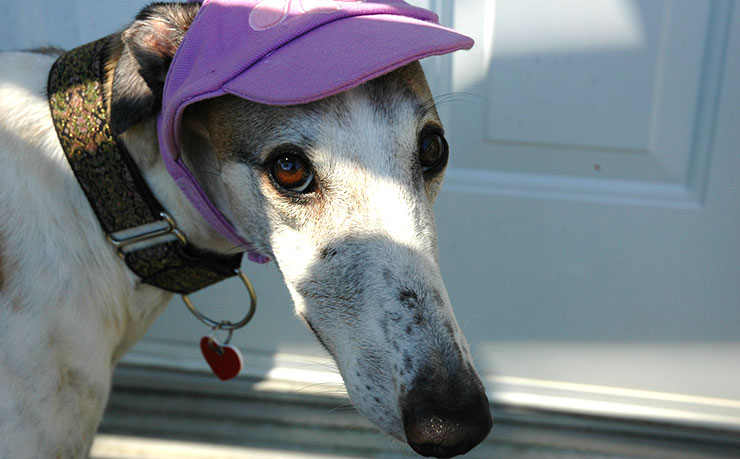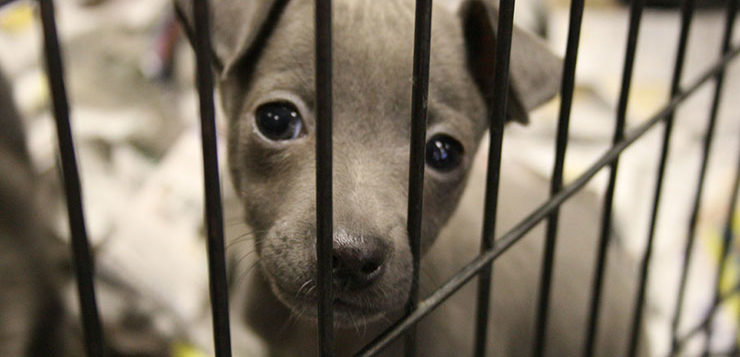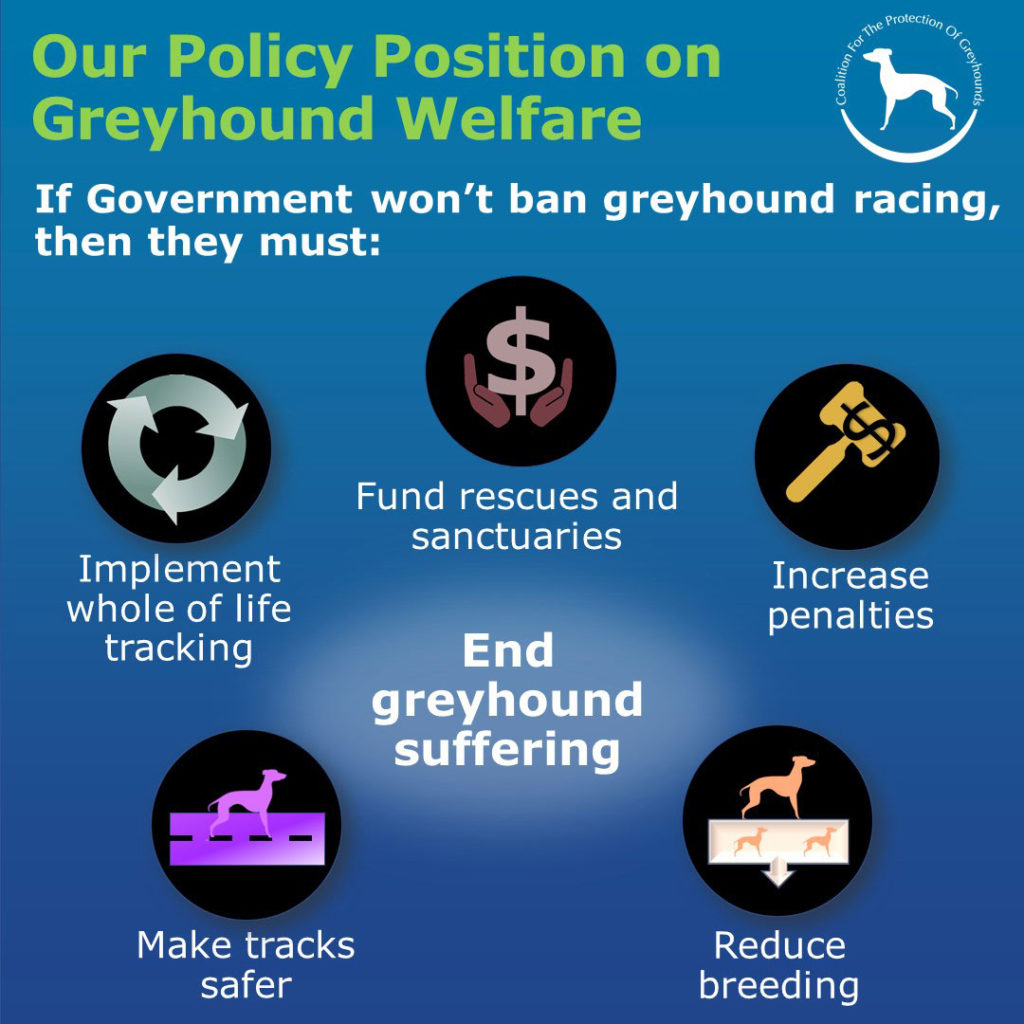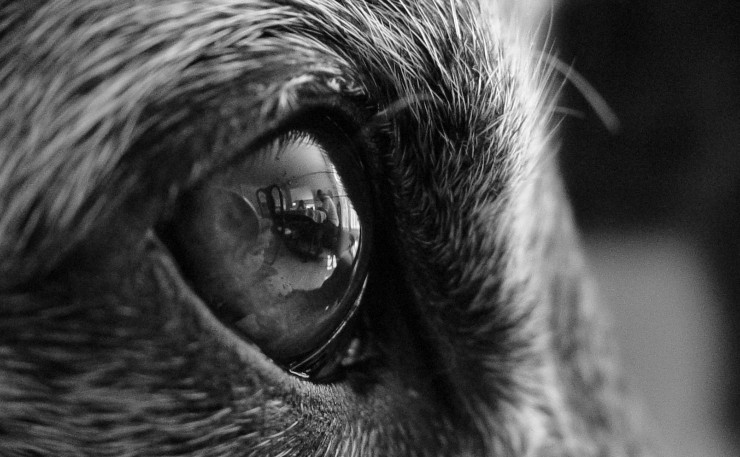DON’T MISS ANYTHING! ONE CLICK TO GET NEW MATILDA DELIVERED DIRECT TO YOUR INBOX, FREE!
When a greyhound is too slow to race, she’s either ‘disappeared’ or taxpayers ultimately foot the bill to re-house her. Dennis Anderson, national president of the Coalition for the Protection of Greyhounds (CPG) wants to know why.
Both the racing and betting industries – not the public – must pay the costs of greyhound welfare after each dog stops racing.
Without the betting industry there’d be no greyhound racing industry, so it’s only fair the betting industry should also help pay to look after ex-racers once they are ‘retired’, instead of them being ‘disappeared’.
We estimate (based on past whelping rates) that more than 4,000 greyhounds ‘disappeared’ in NSW in the 2017-2018 financial year. The figure was around 3,560 for 2018/19.
The drop in numbers was not the result of a proactive decision by the industry, rather it was due to the fall in births following the NSW Baird Government’s short-lived decision to ban the NSW racing industry in 2016.
Consequently, an Extended Producer Responsibility (EPR) approach is the only way forward, and the NSW government could implement this right now under the Betting Tax Act 2001.

Extended producer responsibility (EPR), also called product stewardship, involves producers taking more responsibility for managing the environmental impact and sustainability of their products throughout the entire life cycle.
Instead, in NSW today, taxpayers (via regulatory costs) and donors to private greyhound rescue charities are unfairly burdened with the cost of ‘whole of life’ welfare for NSW’s ex-racers.
Moreover, the public is handing over millions of NSW taxpayer dollars to the greyhound racing industry in NSW, as well as other states to prop up what a market industry expert rates as a dying industry. The public has also paid for government inquiries into racing.
Then there are the millions of ‘soft’ dollars donated by thousands of incredible Australians who volunteer at rescue kennels around the country to save these dogs, as well as the investment made by wonderful people who adopt and foster ex-racers.
If NSW’s greyhound racing and betting industries were forced to adopt an EPR approach and allow ex-racers to live out their lives instead of being killed, the resulting innovation would be spectacular.
By way of example, rather than the NSW’s greyhound industry regulator (GWIC) releasing a new draft code of greyhound welfare for public comment, the industry would instead have to radically reduce breeding numbers.
Under an EPR model, the industry would have had no choice but to stand on its own two feet – the NSW Government would have to stop gouging you and I in the hip pocket, and giving our money to the racing industry.
Meanwhile, the Government’s draft code of practice which is out for public comment until March 31, is impractical. It also fails the test set down in the NSW laws which protect animals from cruelty. There are three reasons for this.
Firstly, it’s impossible for NSW greyhound rescue groups – both industry and non-industry combined – to cope with the thousands of greyhounds which are too slow to race. Yet the draft code says dog owners must try to home their animal/s twice via these groups.
Secondly, it’s also impossible for the huge oversupply to be adopted as pets. Remember, it’s about 4,000 annually – there simply aren’t that many NSW residents willing or able to adopt a greyhound as a pet each year.

Thirdly, the code’s approach to euthanasia fails the key test laid down in NSW’s animal cruelty laws, which is that animals must not be made to suffer. Yet the draft code allows greyhounds to be killed by euthanasia just because an owner can’t re-home the dog.
How can the NSW Government propose a code which allows an industry to kill a greyhound simply because it breeds too many of these dogs in the hope of fluking a winner?
Instead, euthanasia must be restricted to those cases where a vet certifies that a greyhound is suffering. This suffering must involve an intractable condition or injury that causes significant pain or discomfort or a marked reduction in quality of life.
The fact is that the business model of greyhound racing relies upon killing dogs that are no longer profitable.
This must change.
About CPG
Because of the cruelty involved in greyhound racing, the Coalition for the Protection of Greyhounds has five key demands for all Australian state and territory governments.

CPG is a dedicated group of people across Australia who work together to inform the public about the cruelties of greyhound racing and is always keen to hear from would-be volunteers. You can find out more about their work on Facebook here, or on their website here.
BE PART OF THE SOLUTION: WE NEED YOUR HELP TO KEEP NEW MATILDA ALIVE. Click here to chip in through Paypal
Donate To New Matilda
New Matilda is a small, independent media outlet. We survive through reader contributions, and never losing a lawsuit. If you got something from this article, giving something back helps us to continue speaking truth to power. Every little bit counts.




